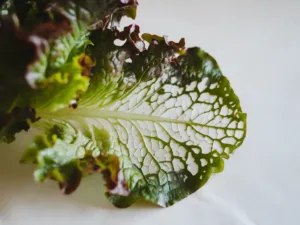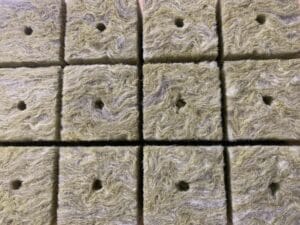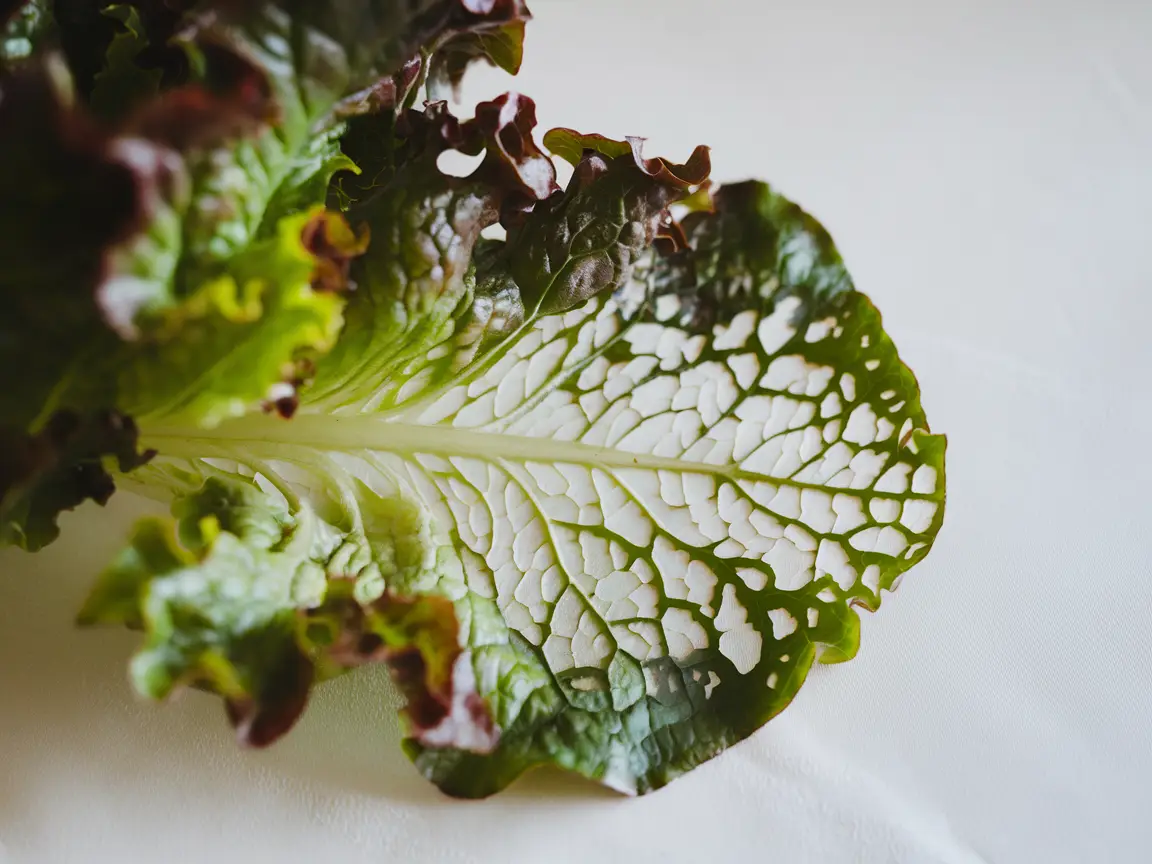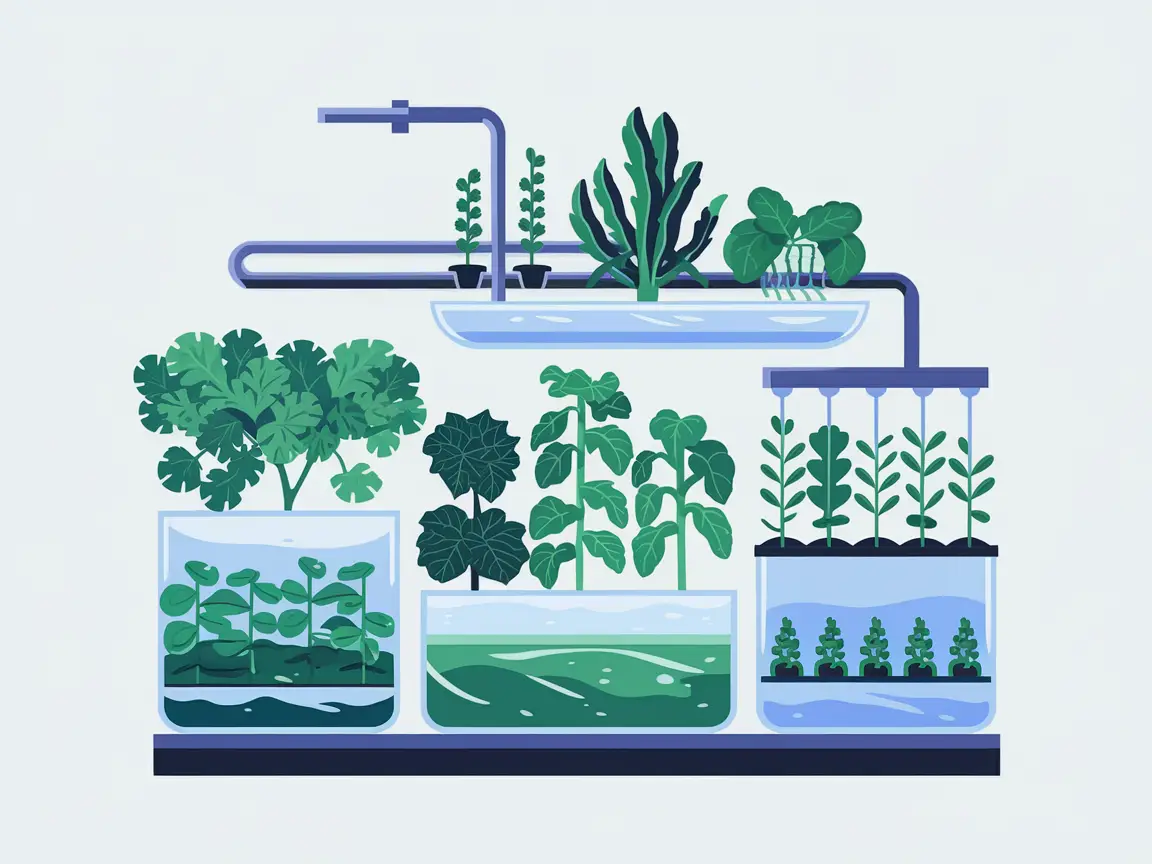What are Coconut Fibers (Coco Coir)?
Coconut fibers are made from the outer shell of coconuts. After harvesting the nuts, the shell is cleaned, shredded, and soaked in water for several months to separate the fibers from the cellulose. The end product is a fibrous, spongy material that is ideal as a substrate for plant cultivation. The sustainable sourcing of coco coir from a byproduct of the coconut industry makes it especially eco-friendly and appealing for environmentally conscious gardeners.
Why Use Coco Coir in Hydroponics?
Coconut fibers offer numerous advantages in hydroponics, making them one of the preferred substrates. Here are some of the key benefits:
- Excellent Water Retention: Coco coir can hold 8-9 times its weight in water. This means that your plants’ roots remain consistently moist without the risk of waterlogging, promoting strong, healthy growth.
- Superior Aeration: Coco coir not only retains water well but also provides good airflow to the root zone. This is essential for root health, as it ensures sufficient oxygen access.
- pH-Neutral and Nutrient-Rich: With a pH range between 5.5 and 6.8, coco coir is ideal for most plants. It also contains naturally occurring microorganisms that promote root growth and deter harmful bacteria.
- Sustainability: Compared to other substrates like rock wool, coco coir is much more environmentally friendly. It is a byproduct of the coconut industry, making it a renewable resource that is biodegradable.
Challenges of Using Coco Coir
While coco coir has many benefits, there are also some challenges to consider:
- Salt Content: Coconut fibers can naturally have high salt content, particularly if sourced from regions where coconut palms grow near the coast. It’s essential to rinse the substrate thoroughly to remove excess salt before use.
- Nutrient Buffering: Coco coir has a high cation exchange capacity (CEC), which means it can absorb and store nutrients like potassium, calcium, and magnesium. This can lead to an initial lack of these nutrients for plants until the substrate is saturated. Be sure to adjust the nutrient solution accordingly.
- Decomposition: Compared to rock wool or clay pellets, coco coir has a limited lifespan, as it can decompose over time. Its durability depends on quality and usage, but generally, coco coir lasts for about two to three growing seasons before it should be replaced.
Types of Coco Coir: Which One is Right for You?
Coco coir is available in various forms, each offering unique advantages:
- Coco Blocks or Bricks: These compressed blocks expand into a loose, fibrous substrate when soaked in water. They are ideal for seedling cultivation and smaller hydroponic systems.
- Coco Chips: These coarse pieces offer excellent aeration and are suitable for larger plants and systems requiring more substantial root development.
- Coco Pellets: These small, cylindrical pieces are perfect for net pots or as a ground cover in larger systems. They provide a balanced water and air distribution and are easy to handle.
Using Coco Coir in Hydroponic Systems
Coco coir can be used in various hydroponic systems, including:
- Drip Systems: With its high water retention capacity, coco coir is ideal for drip systems. The substrate efficiently stores the nutrient solution and releases it evenly to the roots.
- Ebb and Flow Systems: Coco coir works well in ebb and flow systems, as it absorbs water quickly and retains it but also dries out effectively as the water level recedes. This prevents root rot and provides a stable environment for the plants.
- NFT Systems (Nutrient Film Technique): In NFT systems, coco coir is often used in net pots to support the plant roots as they grow along the thin nutrient film.
- Aeroponics: In aeroponic setups, coco coir can be used as a germination substrate for seedlings before they are integrated into the system.
Preparation and Maintenance of Coco Coir
To get the most out of coco coir, follow these essential steps:
- Rinse and Buffer: As mentioned, coco coir often contains high salt levels. Rinse the substrate thoroughly with fresh water to remove excess salts. Then, soak the coir in a calcium nitrate solution to buffer it. This ensures the substrate is ready to efficiently deliver nutrients to your plants.
- Regular pH Monitoring: While coco coir naturally has an ideal pH level, it can change over time, especially in closed systems. Check the pH regularly and adjust the nutrient solution as needed.
- Regular Replacement: Since coco coir decomposes over time, it should be replaced every two to three growing seasons to ensure optimal nutrient availability and aeration.
Health and Safety When Using Coco Coir
Unlike rock wool, coco coir does not pose health risks from fine fibers or dust. Still, it’s a good idea to moisten the substrate before use to prevent dust, and wear gloves to avoid any potential skin irritation.
Sustainability of Coco Coir: An Eco-Friendly Choice?
Coco coir is considered one of the most sustainable options for hydroponic substrates. As a byproduct of the coconut industry, it helps reduce waste. Furthermore, it is biodegradable and can be repurposed as a soil amendment after use. Compared to non-renewable substrates like rock wool, coco coir offers an environmentally responsible choice for gardeners who prioritize sustainability.
Is Coco Coir the Right Substrate for Your Hydroponic System?
Coco coir provides numerous benefits that make it an excellent substrate for hydroponics. It’s sustainable, offers excellent water and air retention, and is easy to manage. However, there are also challenges such as salt content and the need for nutrient buffering. If you’re willing to manage these factors and focus on sustainability, coco coir could be the perfect choice for your hydroponic system.
Give it a try and share your experiences – the world of hydroponics is full of possibilities!








